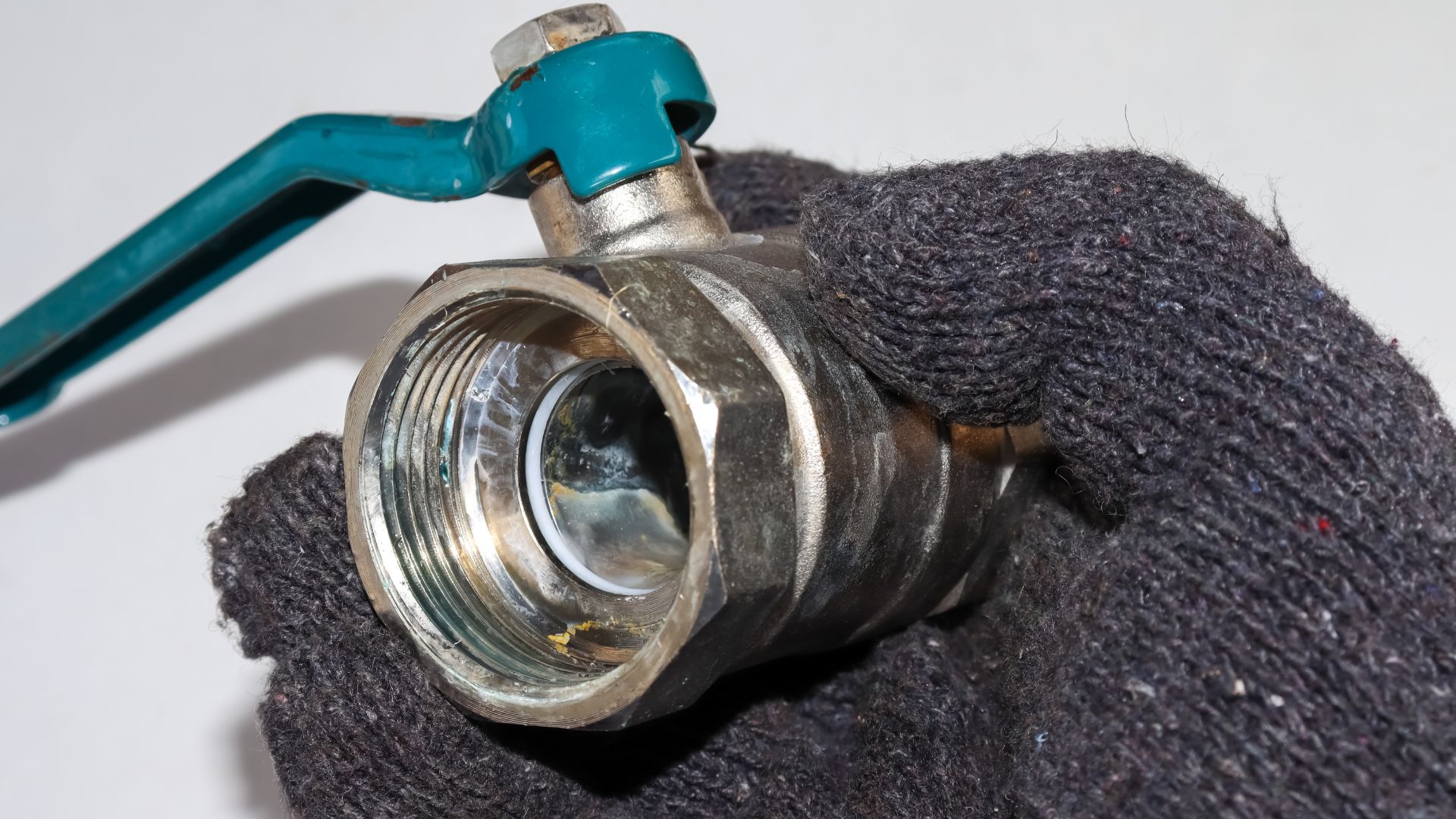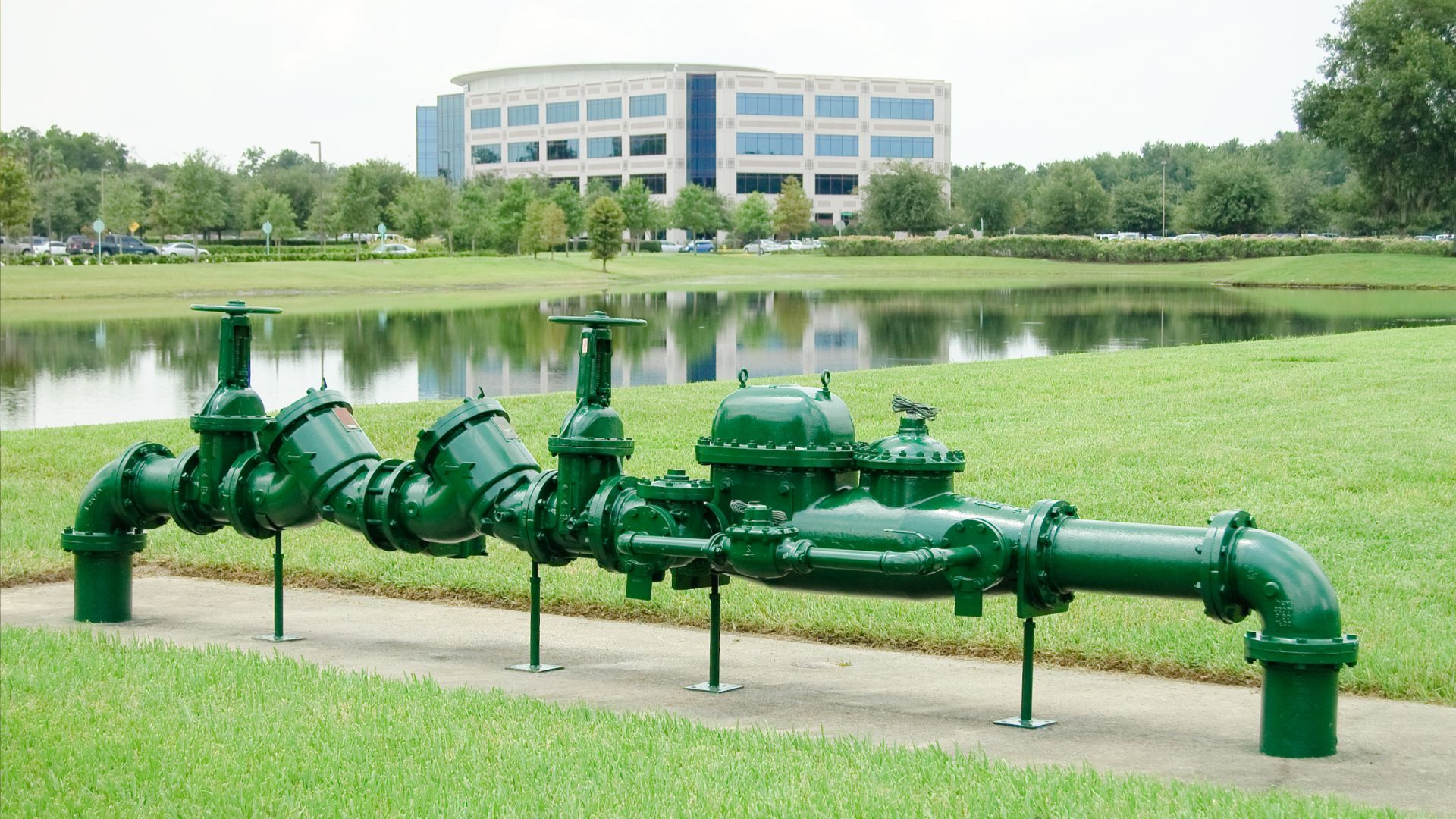7:00AM to 5:00PM
Ever wondered what happens when your garden hose is submerged while filling the pool? That’s a potential backflow situation. Backflow occurs when contaminated water from sources like irrigation systems, pools, or even grease traps siphons back into the main water supply due to pressure changes. This contaminated water can endanger health by introducing harmful bacteria or chemicals into the drinking water.
To prevent this, many properties require backflow prevention devices. These devices act like one-way valves, ensuring water flows in the right direction within your water supply system. But just like fire alarms, backflow prevention devices need regular testing to ensure they function correctly.
Backflow plumbers are licensed professionals trained to test backflow devices and provide a backflow test report detailing the device’s functionality and risk level. This report is often required by water authorities to maintain a safe and reliable water supply for everyone.
Backflow is the unwanted reversal of water flow in plumbing systems, potentially contaminating the drinking water supply. Caused by water pressure fluctuations or siphoning, backflow can be prevented by installing a backflow prevention device. Regular backflow device testing is crucial to ensure the backflow prevention system functions properly, safeguarding water quality.
Regular backflow prevention testing is crucial for safeguarding public health. These devices prevent contaminated water from entering the clean water supply. A malfunctioning backflow device can allow hazardous substances to flow backwards, potentially endangering health.
Backflow testing by a licensed plumber ensures the proper functioning of these devices, whether in an irrigation system or other applications. Certain Australian states legally require regular testing, with a test report submitted to local authorities. Factors like water pressure and the presence of an air gap are assessed during testing. Prioritising backflow prevention testing is essential to maintain safe, potable water for our communities.

In Australia, the two most common types of backflow prevention devices are the Reduced Pressure Zone (RPZ) and Double Check Valve (DCV).
RPZs are typically installed on fire services and other high-hazard applications to protect against contaminants entering the property’s water supply. DCVs are used for lower-risk installations and are regularly tested to ensure they prevent backflow.
Both devices are essential for maintaining water quality and preventing contamination of the main water supply. Professional installation is crucial to ensure the devices function effectively and comply with Australian standards.
In Australia, backflow prevention devices should be tested annually as per national standards to ensure they function properly and do not endanger health or property.
Regular backflow testing is crucial, as these devices prevent contaminated water from flowing back into the clean water supply. After installation, the initial test report will establish a baseline for future assessments. However, additional testing might be required following plumbing repairs or if the device has been inactive for an extended period.

Testing backflow prevention devices is a complex task that should only be performed by qualified professionals. The process generally involves shutting off the water supply, attaching specialised test equipment to the device, and checking for proper operation under various pressure conditions.
Interpreting the results requires expertise to ensure the device meets performance standards and local regulations. Proper documentation and reporting of test results to the relevant water authorities is critical.
Attempting to test a backflow preventer without the proper training, equipment, and certifications can be dangerous and may violate local codes. Always contact a licensed professional for backflow testing and maintenance.
We hope you can now see how testing backflow devices safeguard your water supply. While DIY info exists, trust the professionals.
Gold Coast Plumbing Company’s certified technicians have decades of experience ensuring backflow prevention systems function flawlessly. Contact us today for peace of mind and compliant plumbing.